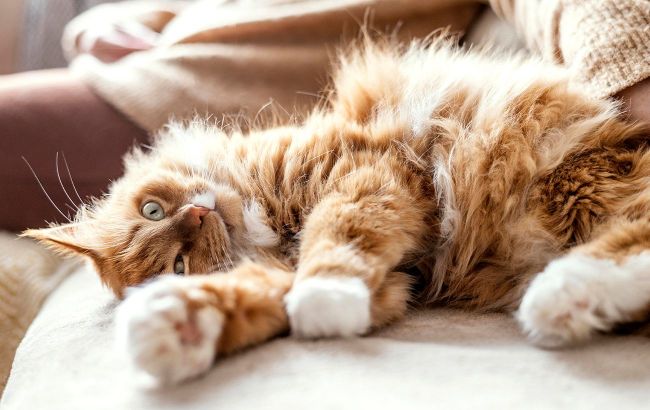Cats can predict weather: How to 'read' clues from your pet
 How cats predict weather (photo: Freepik)
How cats predict weather (photo: Freepik)
It is known that animals can sense natural disasters, changes in weather, and more. Cats, in particular, possess such abilities. While a harsh winter sweeps across Ukraine, you can determine when a thaw is coming by observing the behavior of your feline companions.
This article discusses folk signs and explains how to predict the weather based on your cat's behavior.
Weather hints from your cat
Nature has endowed cats with highly sensitive eardrums, allowing them to sense changes in atmospheric pressure. To alleviate discomfort in their ears, cats start grooming and licking themselves actively.
This behavior may indicate upcoming weather changes.
The same effect occurs during heavy shedding. It may be due to a seasonal change or could signal a shift in weather conditions. However, it is essential to ensure that the animal is not sick or stressed.
Signs of approaching cold weather include:
- Increased eating to cope with the cold
- Lying near the warmest spot in the house
- Sleeping curled up in a ball, covering the nose with a paw
If you notice your pet acting nervously and unable to find a comfortable spot, it might signal an approaching hurricane, storm, or blizzard.
When a cat sleeps on its back with paws up, expect warmth.
If the cat refuses to go outside, scratches its ears with its paws, and licks its tail, rain is on the way.
Folk signs about cats
- Scratching walls or carpets: approaching bad weather or winter storms.
- Licking paws and fur calmly: clear weather.
- Nervous grooming of fur: poor weather conditions.
- Licking fur against the direction of growth: hail.
- Stretching and yawning: clear sunny weather.
- Nervous, quick movements, increased activity: an approaching storm.
- Eating grass: rain.

